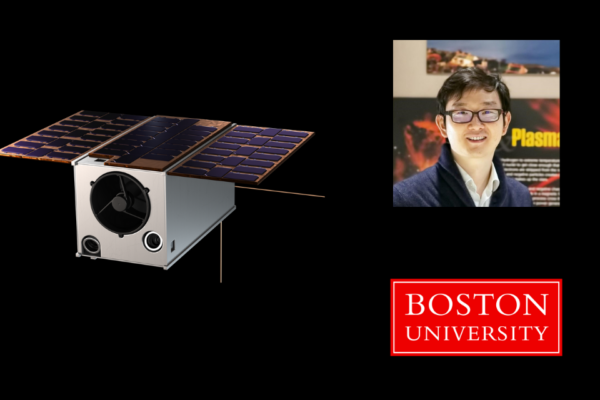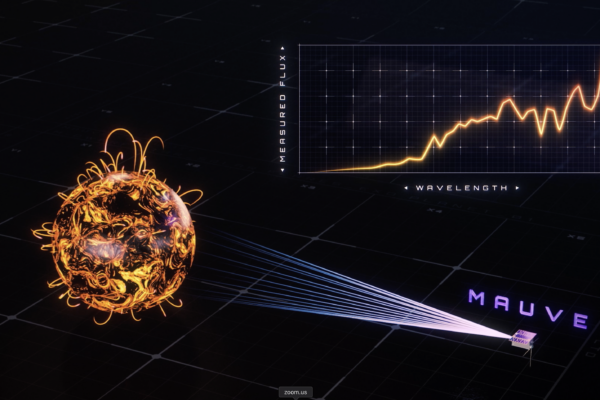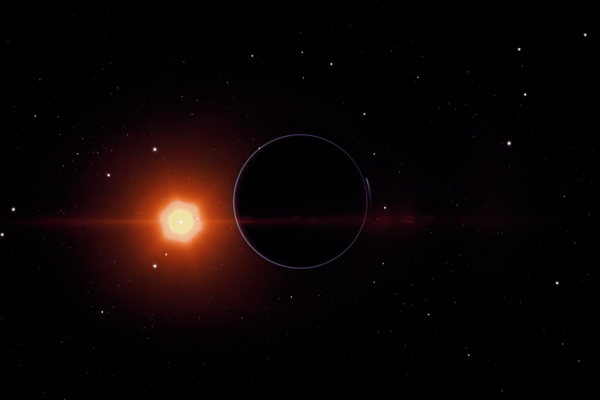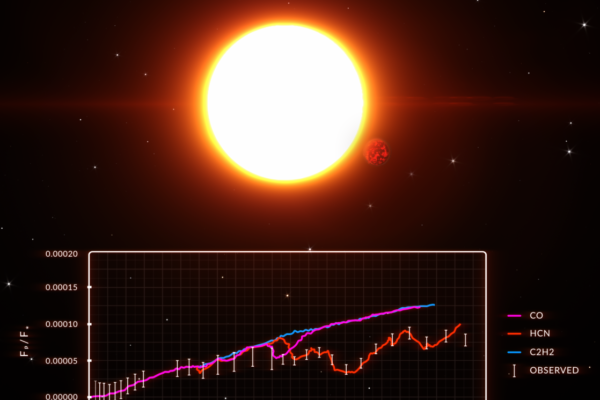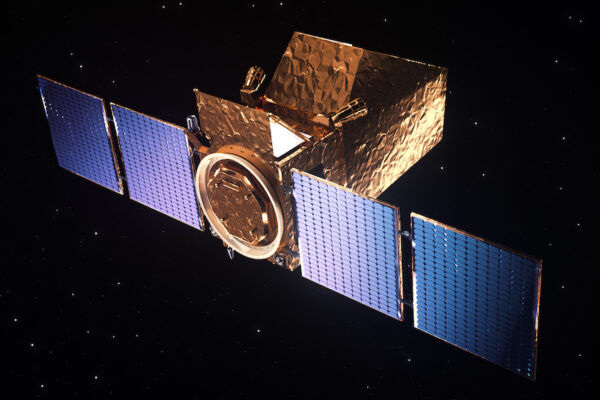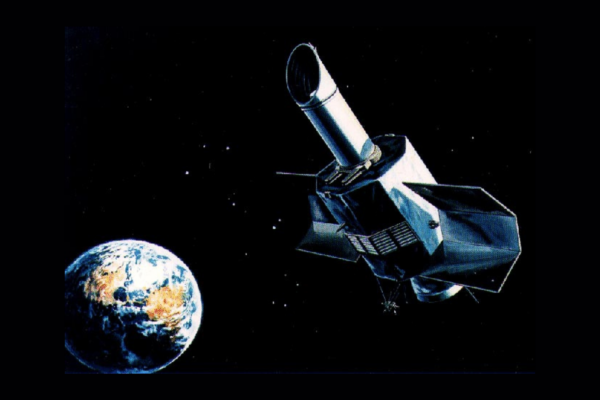
International Ultraviolet Explorer: A small telescope with a big impact
In this article, Dr Parul Janagal explores how the International Ultraviolet Explorer, despite being smaller than its counterparts, made significant discoveries.
Read Moreabout International Ultraviolet Explorer: A small telescope with a big impact